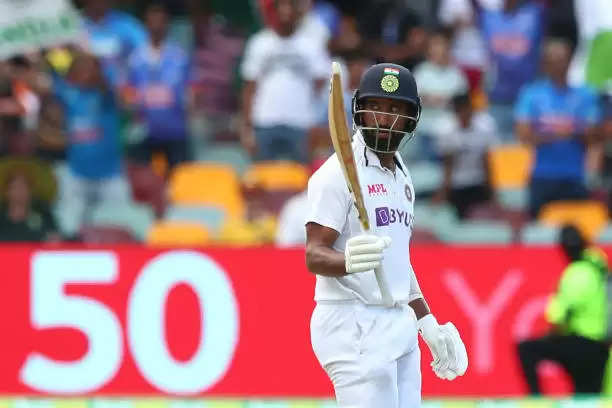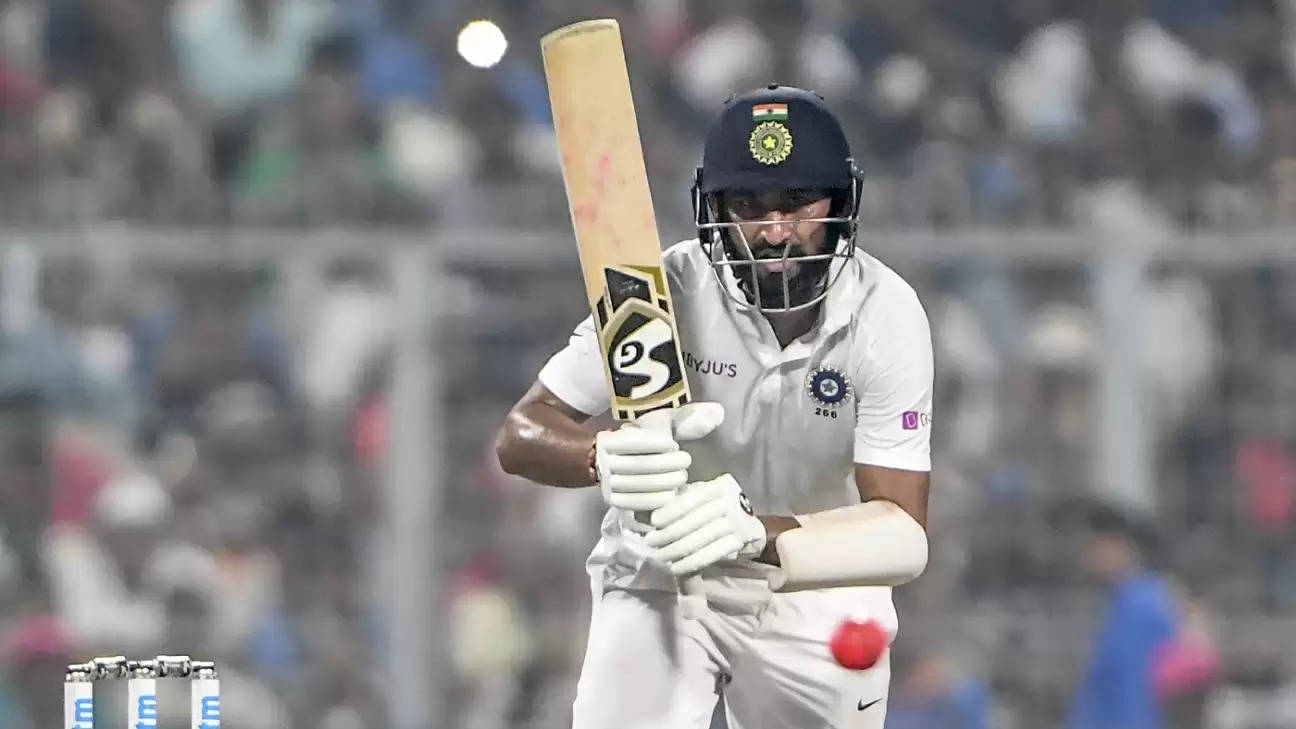Does Cheteshwar Pujara need to alter his method for English conditions?

It was quite typical of Cheteshwar Pujara’s Test career that he walked in to bat in the WTC final when New Zealand had just started to get their radar right and bowl as they do at their best: with utmost discipline and consistency.
After a wavered start, New Zealand quicks had reverted to mean in terms of control over line and length and were now exerting the kind of pressure that you expected from ball one. No longer were there any hit-me balls on offer. Zero respite, which a batsman wants and needs some in difficult conditions.
It is in playing through exactly such periods that Pujara has made his impactful career for India. He is a grafter of the highest class, with great patience, resilience and the ability to fit and flourish in an Indian batting line-up glint with attractive strokemakers.

With 6,244 runs from 85 Tests at 46.59 behind him, Cheteshwar Pujara has done a mighty fine job of overcoming his shortcomings – in technique and range (versus pace) – and finding a way to influence Test matches.

Cheteshwar Pujara
Perhaps the most telling of Pujara’s role and significance was his most recent series in Australia – even more than the 2018-19 one where he struck three centuries. On the surface, Pujara’s stats gave a poor account of his performance: 271 runs from 8 innings at 33.88.
The numbers, however, do gross injustice to what Pujara did for India’s cause, as he was arguably the most significant player in their series victory. He was the cushion that allowed others to prosper, playing out the toughest of spells from Pat Cummins & co.
When the surfaces were at their most difficult and the bowling was unrelenting, Pujara closed out an end for India in Sydney and Brisbane and forced them to try and attack the more freeflowing batters at the other end.
Gill and Pant were outstanding, but there would’ve been no breach of the fortress ‘Gabba without Cheteshwar Pujara, who brought Australia down on their knees one ball at a time. Done in by some unplayable ones from Cummins earlier in the series, Pujara could’ve easily had more personal rewards for his marathon effort. But, perhaps his ultimate reward was the team victory.
The qualities that helped Cheteshwar Pujara conquer Australia were on display in Southampton as well against the Kiwis, as he once again looked to abandon the risk, not flirt with anything outside off and even take blows if it meant the opposition is getting frustrated and shifting away from their plans gradually.
Not before his 36th delivery that Pujara opened his strike – with a superb cut short against Wagner, which was backed up with a cover-drive of class and command. The afternoon session, in which Pujara batted a lot of his innings, India’s false shot percentage (12%) was the lowest for the day, said Cricviz. A dip of 8% from the morning and 17% in comparison to the final session despite New Zealand finding excessive swing.
It was all going according to plan until, on Pujara’s 54th delivery at the crease, Trent Boult got one to jag back in sharply and pinned him LBW. It ended a promising start to what he would’ve aspired to be another vital long haul in India’s cause.
As was expected, Pujara’s dismissal at a score of just 8 also brought back question marks raised over his longstanding method at the crease. Focus on “intent” aside, this time it was about whether his approach fits well for the English conditions, where the red Dukes ball swings for so much longer than the rest of the world.
Does Cheteshwar Pujara need to alter his method for English conditions?
Combine swing with the moist, seaming tracks, and you’re never really ‘in’ as a batsman in England. A direct contrast with Australia, where the red Kookaburra softens up over time, doesn’t seam as much past the 30-over mark and bowlers have to really bend their back to dismiss well-set batsmen. Another important aspect here is the weather. In England’s overcast conditions, bowlers don’t get as tired through the day’s play as they do in Australia’s hot and humid terrain.
So, is Cheteshwar Pujara’s approach self-defeating for an English tour? To answer this, let’s dig into Pujara’s previous record in the UK. Over two trips, 10 Tests and 19 innings, Pujara has now made 508 runs at an average of 28.22 in England. These Tests span two different seasons – 2014-15 and 2018-19.
In the first one, Pujara made 222 runs at 22.20, before showing a marked improvement and producing 278 runs at 39.71 in the second. He batted 51 balls per innings in the 2014 series, as opposed to lasting 90.75 balls per innings in 2018. It’s fair to say, the problems in the first series do ruin the look of Pujara’s overall record in England, which is similar to Virat Kohli.

Interestingly, Pujara’s strike-rate regress when you focus on it from the 2014 series to the 2018 one (from 43.52 to 38.29). But for those, who have seen his career progression closely, this wouldn’t come as a surprise. Pujara is no longer the Pujara of the 2014-15 season when he first travelled regularly with the team to the SENA countries. That Pujara was a more freeflowing scorer (by his standard), with a wider range outside off-stump.
Pujara of the old was a better backfoot player, who used the width of the crease to go back and got on top of the short ball and played the cut and pull as well as the hook against fast bowlers. Today, he is more a frontfoot batsman, who would drive only those he is right to the pitch of or cut only those that he is sure about the height of.
The change in method and approach could’ve been down to the fact that India played on comparatively easier tracks against not-as-deep attacks in that cycle of overseas tours than the 2018-19 one. Or also, let’s quietly slip in, his limited-overs aspiration, which he has expressed from time to time. Pujara had his first major dip in run-scoring post that IPL stint in 2014, remember?
When he went back to the SENA countries, Pujara recognised the tougher nature of the surfaces and completely abandoned the risk-taking, realising that his true value to the side is in becoming an even more compact a grafter than before. But, while Pujara’s new avatar lasts longer at the crease, he doesn’t score as freely while he is there. Overall, since the start of 2018, away from India, Pujara has faced the most number of balls among Indian batsmen (3,753) in the matches he has been involved. But has also batted at the lowest strike-rate (35.43) among his most regular teammates.
In his role, however, it isn’t so much rate of scoring that counts as how long Pujara can grind the opposition bowling down. And, as he has shown by elevating his productivity from one trip to the other, his methods aren’t so ineffective even in English conditions. Cheteshwar Pujara’s case isn’t to be looked at in isolation, it has wider implications and at the moment, it is one of India’s big strengths that aid their success.

